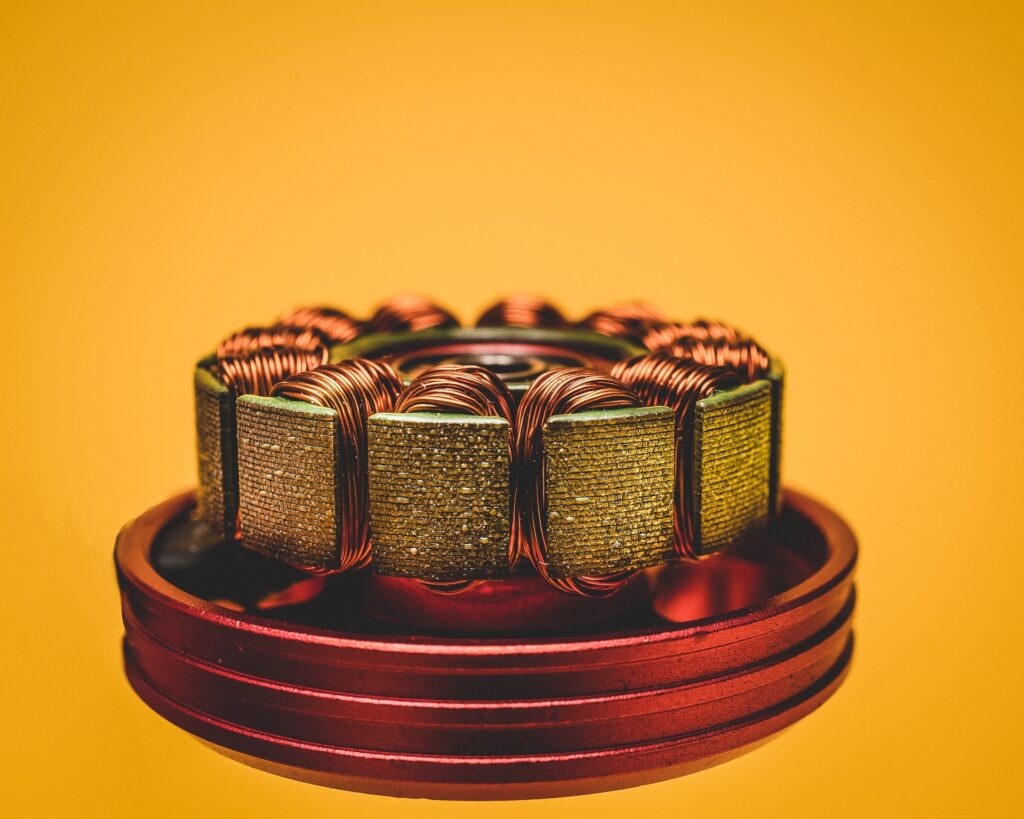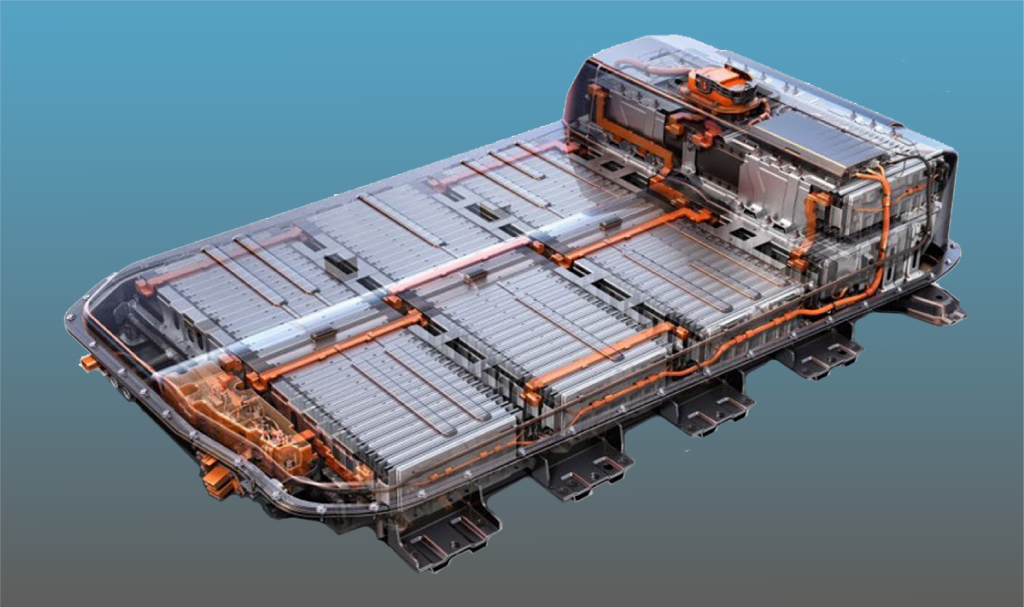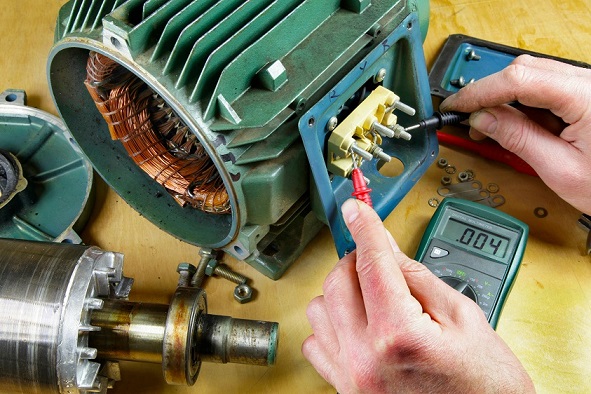The vibration measurement, from the standpoint of implementation, is perhaps one of the simplest operations, given the availability of powerful HW and SW tools, which make implementation easier.
However, the vibration measurement is necessary in electric motors to take some factors into consideration and to be aware of some baseline data. The noise originates from vibrations; therefore, there is a correlation between vibrations and the noise produced.
It could be said that vibrations are the cause, and the noise is the effect; in practice, in most cases, what is interesting to evaluate in a finished product is its noise level, or rather its ability to produce noise.
The noise, however, as it is perceived, is the product of the coupling of the vibrating medium with the transmission medium (generally, the air) and, of the latter with the sensor (the ear); propagation and perception are the result of a variety of processes that are difficult to reproduce in test equipment.





